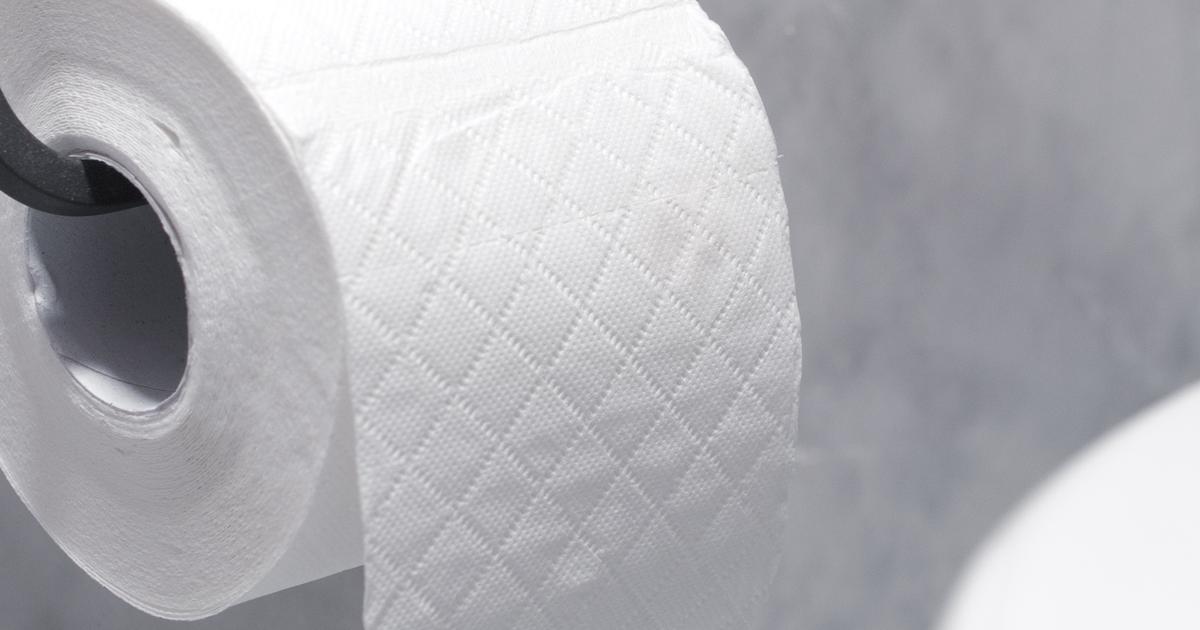What Are The Symptoms Of Gallstones?
Burping

Burping can be a symptom of gallbladder disease caused by gallstones. Excessive burping is most commonly related to swallowing air while eating or drinking. It can also be the result of drinking carbonated beverages, as these contain gases individuals will need to expel. But if individuals haven't changed anything about their lifestyle habits and are still burping more than usual all of a sudden, it might be a sign of an underlying issue. When the burping is related to gallbladder disease and gallstones, it's most commonly accompanied by pain in the right side of the abdomen and upper back. Both the burping and the pain may last for several hours after the affected individual ate.
Diarrhea

Diarrhea is defined as a loose and watery bowel movement that may be difficult to control. Individuals with loose stools might experience an urgent need to use the bathroom that can impede their quality of life and social functioning. When gallstones lead to serious gallbladder damage, patients might experience a sharp increase in gas and episodes of diarrhea. Typically, increased diarrhea occurs when the body has suffered multiple gallstone attacks or has been dealing with chronic cholecystitis. The more attacks the body weathers, the higher the chances of permanent gallbladder damage. Permanent damage causes the gallbladder to become both rigid and scarred. Indigestion and a feeling of fullness in the abdomen often accompany diarrhea in these cases. Frequent diarrhea without any apparent explanation may be a sign of chronic gallbladder disease. In addition to this, stool that's chalky or light-colored can indicate there's an issue with the bile ducts.
